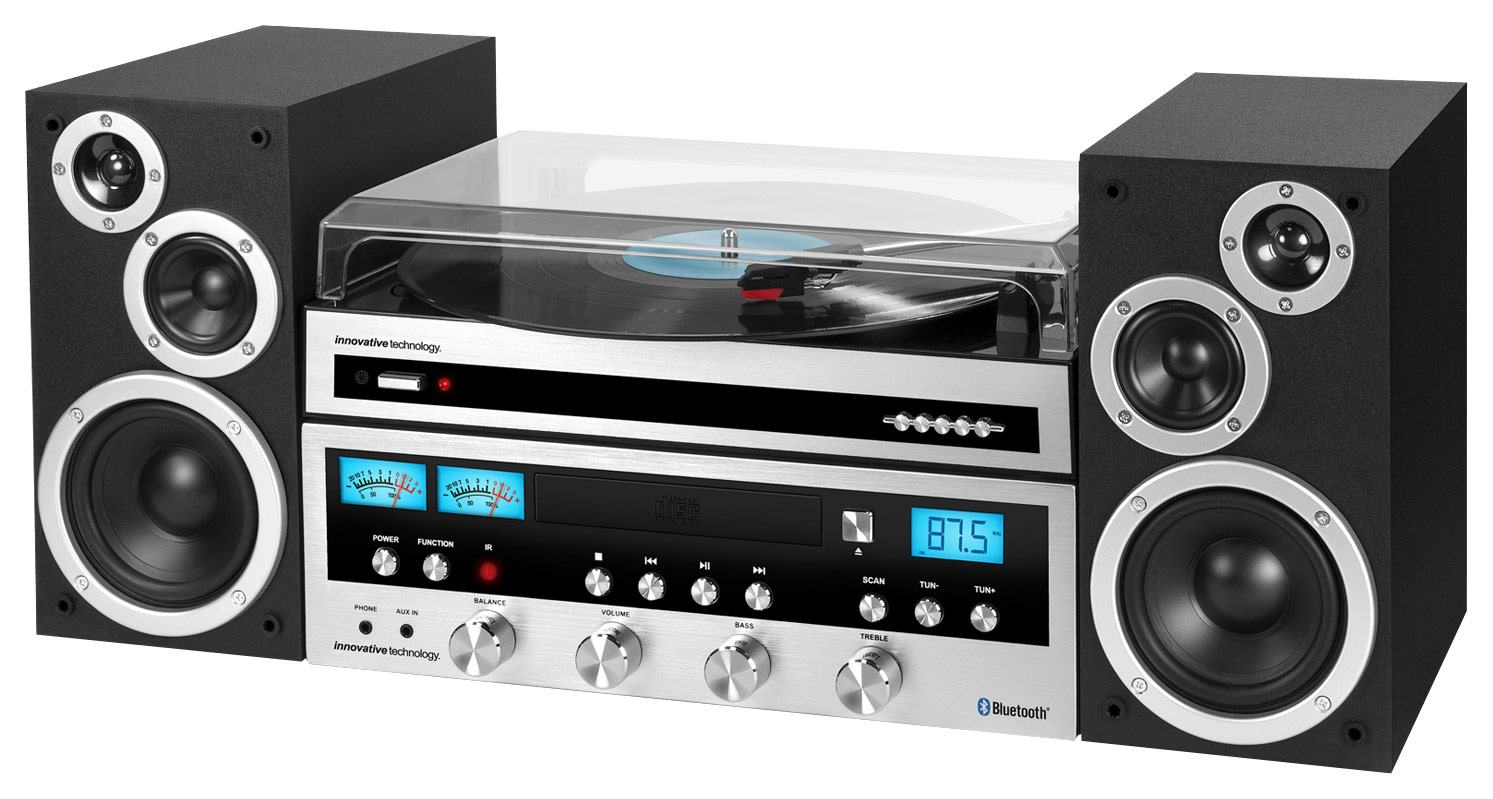How to Preserve Your Audio Equipment for Durability

In the current environment, top-notch audio devices plays a vital role in boosting our auditory experiences, whether we're savoring music, watching movies, or creating content. Nevertheless, spending in the best gear is only part of the formula. To genuinely maximize the value of the worth of your investments, it's essential to know how to look after your audio equipment for longevity. Proper attention and routine maintenance can guarantee that your equipment works at its peak and endures for years to come.

From audio speakers and headphones to mics and audio input devices, each part has specific requirements that need attention. In this guide, we will discuss effective tips and best practices for keeping your audio gear in top shape. By adhering to these methods, you can safeguard your purchase and benefit from superior sound quality for all your audio demands. If you're establishing a home workspace, equipping a location for live performances, or simply improving your personal listening environment, looking after your audio equipment is crucial for a satisfying and enduring audio journey.
Selecting High-Quality Audio Equipment
Choosing high-quality sound gear is essential for obtaining high-quality sound performance and complete enjoyment of your audio listening experience. When look for the finest audio gear, it is important to consider specific characteristics that enhance quality. Important components like frequency range, THD, and sensitivity ratings help to assess the dependability and accuracy of the equipment. Additionally, manufacturers that have a good reputation for durability and customer support can create a significant difference in the durability and satisfaction of your purchase.
Another crucial factor to evaluate is how well the audio gear fits your specific requirements. For instance, if you are a content creator, you may focus on microphones that record clear sound while reducing ambient noise. Alternatively, musicians may prioritize speakers and interfaces that provide true-to-life sound for studio recording. It’s vital to align your sound setup to the intended use, whether that’s for casual listening, concerts, or professional studio work, to achieve the highest outcomes.
Finally, different types of audio equipment will have varying extents of interoperability with each other. When select items like earphones, amplifiers, or receivers, make sure that they work well within your current configuration. As an illustration, an low-powered amp may restrict the output of top-tier monitors, while using the right audio connectors can boost overall sound quality. Spending effort in research will help you formulate informed decisions, resulting in an audio system that fulfills both your wants and specifications.
Key Features for Audio Gear
When picking audio gear, one of the most important elements to consider is sound performance. Search for equipment that offers transparent, balanced sound reproduction throughout various frequencies. Top-notch components, such as transducers in speakers and headphones, play a vital role in offering outstanding audio. Additionally, pay attention to details like frequency response and distortion levels, as these metrics can significantly impact your listening experience.
Another important feature to evaluate is compatibility. Ensure that the audio equipment you choose can easily integrate with your existing setup, whether you are creating a home studio, a surround sound system, or a portable audio solution. Features like Bluetooth connectivity, USB connections, and various output types can boost the flexibility of your gear. This consideration is particularly important for those who may enhance their systems or use different devices often.
Finally, user comfort and ease of use should not be neglected. For headphones and earbuds, seek out ergonomics that enable extended listening sessions without discomfort. For studio monitors and other gear, user-friendly interfaces and control options make a large difference in regular operation. Prioritizing comfort alongside functionality ensures that your audio equipment remains pleasurable and easy to use for years to come.
Looking After Your Audio Equipment
To guarantee the longevity of all your audio equipment, routine cleaning is crucial. Dirt and debris can gather on audio devices, leading to reduced performance. Use a fuzzy, clean cloth to carefully wipe down surfaces, and employ a blower to remove dust from difficult areas. Be cautious around delicate components to prevent damage. For see post , consider use alcohol wipes on the ear cushions to maintain hygiene and longevity.
Proper storage is another key factor in looking after the gear. Always make sure to store audio equipment in a chilly, arid environment, away from harsh light or excessive temperatures. Consider use padded cases or covers when not in use, especially for delicate items like audio inputs and headphones. Furthermore, keep cables organized to avoid tangling and damage, as well as to ensure a speedy setup for your sessions.
Ultimately, occasional checks and professional servicing can significantly enhance the longevity of your audio gear. Check cables for wear, connectors for damage, and other components for indications of wear and tear. Investing in expert calibration of audio devices can yield major improvements in sound quality. By prioritizing these upkeep methods, you can enjoy top-notch audio performance for many years to come.
